Evidence-based practice (EBP) has become the dominant paradigm in psychology over the past few decades, shaping everything from research funding priorities to clinical training curricula to third-party reimbursement policies. On the surface, EBP seems unassailable – after all, who could be against using scientific evidence to guide clinical decision-making? However, a closer examination reveals a number of deep-seated problems with how EBP is currently conceptualized and implemented in the field of psychology. This article will explore some of the limitations and unintended consequences of EBP, and argue for a more inclusive, flexible, and context-sensitive approach to evidence in psychotherapy.
The Research-Practice Gap
One of the most glaring issues with EBP in psychology is the persistent disconnect between the world of academic research and the realities of clinical practice. Much of the research that is considered “gold standard” evidence – such as randomized controlled trials (RCTs) published in top journals – bears little resemblance to how therapy actually unfolds in the consulting room. RCTs typically study brief, manualized interventions focused on symptom reduction in relatively homogeneous samples. While this type of research has its place, it fails to capture the full complexity and artistry of real-world psychotherapy.
In contrast, seasoned clinicians know that the therapeutic process is far more nuanced, relational, and context-dependent than what is reflected in most EBP guidelines. Effective therapy involves the cultivation of a unique intersubjective space between therapist and client, the navigation of transference and countertransference dynamics, attunement to implicit emotions and underlying meanings, and the skillful use of intuition and improvisation. These “common factors” of psychotherapy are difficult to operationalize and measure, and thus tend to be sidelined in mainstream research paradigms.
The result is a widening gulf between the science and practice of psychotherapy. Many frontline clinicians feel that EBP guidelines are of limited relevance to their work, and struggle to translate abstract research findings into the concrete, moment-to-moment decisions that therapy requires. At the same time, academic researchers often have little hands-on clinical experience, and may be out of touch with the challenges and complexities of real-world practice. This disconnect undermines the goal of EBP, which is to use the best available evidence to optimize patient care.
The Limitations of the Biomedical Model
The disconnect between research and practice in psychology is exacerbated by the field’s overreliance on the biomedical model as the foundation for EBP. The biomedical approach, which originated in medicine, views mental disorders as discrete, biologically-based entities that can be diagnosed and treated in a standardized way. This model rests on a number of assumptions: that mental disorders have specific biological causes, that they can be reliably categorized using objective criteria, that treatments can be delivered in a uniform manner, and that outcomes can be measured quantitatively.
While the biomedical model has advanced our understanding of certain aspects of mental illness, it is fundamentally ill-suited to capturing the full spectrum of human emotional suffering. Unlike medical conditions such as infections or broken bones, psychological problems are inextricable from the social, cultural, and relational contexts in which they arise. They are shaped by personal meanings, values, and narratives that cannot be reduced to simplistic cause-and-effect mechanisms.
Moreover, the biomedical emphasis on standardization and uniformity obscures the tremendous diversity of human experience. Clients come to therapy with a wide range of backgrounds, identities, and worldviews that shape how they understand and cope with distress. A one-size-fits-all approach to psychotherapy ignores this diversity and can lead to treatments that are culturally insensitive, personally invalidating, or simply irrelevant to the client’s unique situation.
The biomedical model also creates a false dichotomy between “normal” and “abnormal” psychological functioning, implying that the goal of therapy is to eliminate symptoms and restore a state of “health.” However, this view pathologizes many natural human experiences and coping strategies, and downplays the role of growth, meaning-making, and self-discovery in the therapeutic process. It also fails to recognize that what is considered “normal” varies widely across cultures and historical periods.
In short, while the biomedical model has a role to play in understanding and treating mental distress, it cannot serve as the sole foundation for EBP in psychology. The field needs a more expansive, flexible, and context-sensitive approach to evidence that honors the complexity of human experience and the diversity of ways that people heal and grow.
The Marginalization of Qualitative Research
The hegemony of the biomedical model within EBP has led to a devaluation of qualitative research methods within the evidentiary hierarchy of psychology. Qualitative approaches – such as phenomenology, grounded theory, ethnography, and discourse analysis – seek to understand lived experience, meaning-making, and social context through the in-depth exploration of language, symbols, and narratives. These methods generate rich, nuanced insights into the inner worlds of clients and the process of change in psychotherapy.
However, qualitative research is often dismissed as “soft,” “subjective,” or “unscientific” because it does not conform to the quantitative, hypothesis-testing model of the natural sciences. Qualitative studies are seen as less rigorous, less generalizable, and less worthy of funding or publication in top-tier journals. As a result, the field has a dearth of high-quality qualitative evidence to complement and enrich the quantitative literature.
This marginalization of qualitative research within EBP is highly problematic, as it leads to an incomplete and distorted picture of what works in psychotherapy and why. Quantitative methods excel at identifying general patterns and testing causal hypotheses, but they are limited in their ability to capture the texture and meaning of individual lived experience. Qualitative methods, on the other hand, can shed light on the unique ways that clients make sense of their struggles, the complex interpersonal dynamics of the therapeutic relationship, and the sociocultural contexts that shape mental health and illness.
Moreover, the privileging of quantitative over qualitative evidence within EBP reinforces a power imbalance between researchers and participants. In quantitative studies, participants are treated as passive subjects to be measured and analyzed, rather than as active agents with valuable perspectives to share. This can lead to a disconnection between the research process and the lived realities of the people it aims to serve.
To develop a truly comprehensive and inclusive evidence base for psychotherapy, the field needs to embrace a more pluralistic view of what counts as “evidence.” This means valuing qualitative alongside quantitative research, and recognizing that different methods are suited to answering different types of questions. It also means involving clients and communities as active partners in the research process, and attending to issues of power, diversity, and social justice.
The Profit Motive in Academic Publishing
The commercialization of academic publishing poses another significant challenge to the integrity and accessibility of EBP in psychology. In recent decades, a small number of for-profit companies (e.g., Elsevier, Wiley, Springer) have gained a near-monopoly over the most prestigious and widely-read journals in the field. These publishers charge exorbitant fees for access to individual articles or subscription packages, placing much of the scholarly literature out of reach for many students, clinicians, and members of the general public.
This profit-driven model of academic publishing is deeply problematic for several reasons. First and foremost, it creates significant barriers to the dissemination and application of scientific knowledge. Many practitioners, especially those in low-resource settings, cannot afford the steep paywalls that block access to the latest research findings. This perpetuates a knowledge gap between the ivory tower and the front lines of mental health care, undermining the very purpose of EBP.
Moreover, the commercial publishing industry operates on a business model that exploits the free labor of researchers and peer reviewers. Authors are typically required to sign over the copyright to their work, and are not compensated for their published articles. Reviewers volunteer their time and expertise to evaluate submissions, but receive no financial remuneration. Meanwhile, publishers reap enormous profits from the sale of journal subscriptions and article reprints. This system is not only ethically dubious, but also creates perverse incentives for researchers to prioritize quantity over quality in their publishing output.
Perhaps most troublingly, the concentration of power in the hands of a few dominant publishers allows for the exercise of undue influence over the direction and content of scientific research. Journals may be biased towards publishing studies with novel or sensational findings, rather than those that replicate or refine existing knowledge. Researchers may feel pressure to tailor their work to fit the editorial preferences of high-impact journals, rather than pursuing the lines of inquiry that are most clinically relevant or scientifically important. Over time, this can lead to a distortion of the evidence base and a skewing of research priorities.
To address these issues, there is an urgent need for alternative models of scholarly communication that prioritize open access, transparency, and scientific integrity over profit. This may involve a shift towards non-commercial publishing platforms, such as university presses or non-profit organizations. It may also require a re-imagining of the peer review process, with greater emphasis on collaboration, mentorship, and constructive feedback. Most importantly, it will require a collective commitment from researchers, clinicians, and other stakeholders to resist the commodification of knowledge and to uphold the values of shared inquiry and public service.
The Medicalization of Mental Health
The dominance of the biomedical model within EBP is both a cause and a consequence of the increasing medicalization of mental health in our society. Medicalization refers to the process by which common human experiences and social problems come to be defined and treated as medical conditions. In the realm of mental health, this has led to a dramatic expansion of psychiatric diagnosis and psychopharmacological treatment over the past several decades.
On one level, the medicalization of mental distress has helped to reduce stigma and increase access to care. By framing psychological problems as “illnesses” rather than moral failings or character flaws, it has become more socially acceptable to seek help. Insurance companies are more likely to cover treatments that are deemed “medically necessary,” which has made therapy and medication more affordable for many people.
However, the medicalization of mental health also has a number of downsides that are often overlooked in discussions of EBP. First, it can lead to an overemphasis on individual pathology and a neglect of the social, economic, and political factors that contribute to psychological suffering. When mental distress is seen primarily as a medical issue, there is less attention paid to the role of poverty, discrimination, trauma, and other forms of systemic oppression in shaping mental health outcomes.
Second, the medicalization of mental health can create a false sense of certainty and objectivity around diagnosis and treatment. While psychiatric diagnosis can be a useful tool for communication and treatment planning, it is not an exact science. The boundaries between different disorders are often fuzzy, and there is significant overlap in symptoms across diagnostic categories. Moreover, the same diagnosis can look very different from person to person, depending on their unique history, personality, and life circumstances.
Third, the medicalization of mental health can lead to an overreliance on pharmacological interventions at the expense of psychosocial treatments. While medication can be life-saving for some people, it is not a panacea. Many psychiatric drugs have significant side effects, and their long-term effectiveness is often overstated. Moreover, medication alone does not address the underlying psychological and social issues that contribute to mental distress.
Finally, the medicalization of mental health can reinforce a power imbalance between mental health professionals and the people they serve. When mental distress is seen as a medical condition, expertise is often located in the doctor or therapist who makes the diagnosis and prescribes the treatment. This can lead to a paternalistic dynamic where clients are expected to defer to professional authority, rather than being empowered to make informed choices about their own care.
To be clear, none of this is to say that the biomedical perspective has no place in mental health care. There is strong evidence that biological factors play a role in many psychological conditions, and that medical interventions can be helpful for some people. However, the field of psychology needs to be cautious about allowing the biomedical model to dominate its approach to EBP at the exclusion of other important perspectives. A more balanced and integrative approach would recognize the complex interplay of biological, psychological, and social factors in shaping mental health, and would draw on a wide range of evidence to inform person-centered, culturally responsive care.
The Politics of Evidence
A final issue that complicates EBP in psychology is the inherently political nature of what counts as “evidence” and who gets to define it. While the rhetoric of EBP often implies a neutral, objective stance, the reality is that all research is shaped by the values, assumptions, and power dynamics of the social context in which it occurs. This is especially true in a field like psychology, which deals with highly charged questions of human nature, normality, and well-being.
Historically, the mental health professions have often served to reinforce dominant cultural norms and power structures. Psychiatric diagnosis, in particular, has been used to pathologize and control groups that are seen as deviant or threatening to the social order, such as women, people of color, LGBTQ+ individuals, and political dissidents. Even seemingly objective research methods, such as the RCT, embody certain value judgments about what outcomes are desirable and how they should be measured.
In recent years, there has been growing recognition of the need to attend to issues of diversity, equity, and inclusion within EBP. This includes efforts to increase representation of marginalized groups in research samples, to develop culturally adapted interventions, and to involve communities in the design and implementation of studies.
However, these efforts are often limited by the structural inequities and power imbalances that pervade the mental health system and society at large.
To truly grapple with the politics of evidence, the field of psychology needs to engage in ongoing critical reflection about its own role in perpetuating or challenging oppressive systems. This means examining how factors like race, class, gender, sexuality, and disability intersect with mental health, and how these intersections shape access to care, treatment outcomes, and the very definition of what it means to be “well.” It also means being willing to question taken-for-granted assumptions about the nature of mental illness, the goals of therapy, and the role of mental health professionals in society.
Ultimately, a more inclusive and equitable approach to EBP will require a shift in power dynamics both within the mental health system and in the larger society. This means valuing the lived experience and expertise of marginalized communities, and working in partnership with them to develop interventions that are responsive to their needs and values. It also means advocating for policies and practices that address the social determinants of mental health, such as poverty, discrimination, and trauma.
Moving Forward to Make EVP more Scientific
The ideal of evidence-based practice in psychology is a noble one: to use the best available scientific evidence to guide clinical decision-making and improve outcomes for clients. However, the current implementation of EBP in the field is fraught with limitations and unintended consequences that undermine its transformative potential. The narrow biomedical focus, the profit-driven publishing model, the marginalization of qualitative research, and the lack of attention to cultural diversity and systemic oppression all contribute to a distorted and incomplete evidence base for psychotherapy.
To be clear, none of this is an argument against the value of science or the importance of grounding clinical practice in empirical research. Rather, it is a call for a more expansive, inclusive, and context-sensitive approach to evidence in psychology. This approach would recognize the complexity and diversity of human experience, and would draw on a wide range of methodologies to capture the nuances of the therapeutic process. It would prioritize open access and transparency in the dissemination of research findings, and would involve clients and communities as active partners in the production of knowledge. Most importantly, it would be grounded in a commitment to social justice and a recognition of the structural factors that shape mental health outcomes.
Enacting this vision will require a collective effort from all stakeholders in the mental health system, including researchers, clinicians, policymakers, and service users. It will involve challenging entrenched hierarchies and power structures, and re-imagining the very purpose and nature of psychological science. It will not be an easy or straightforward process, but it is a necessary one if we are to realize the full potential of evidence-based practice to alleviate suffering and promote human flourishing. As the field of psychology continues to evolve, it is crucial that we remain open to critique, willing to challenge our assumptions, and committed to the ongoing pursuit of knowledge in the service of human welfare.

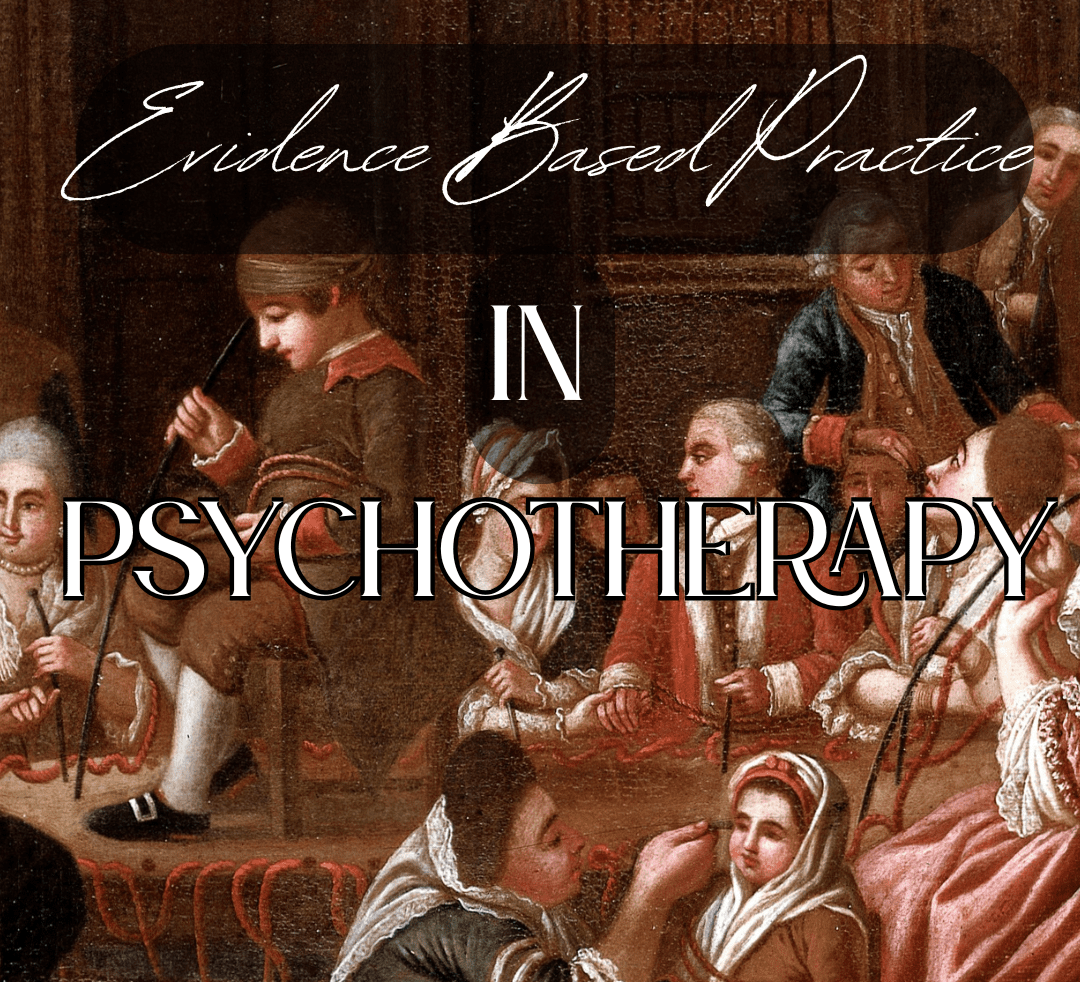
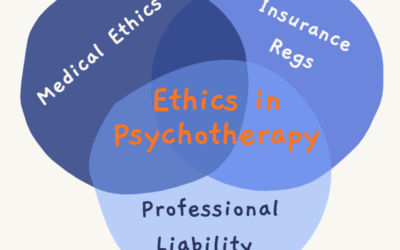
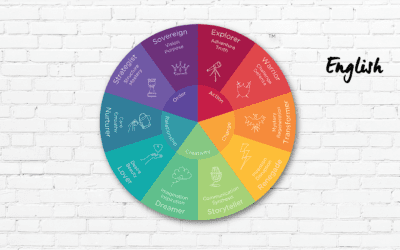




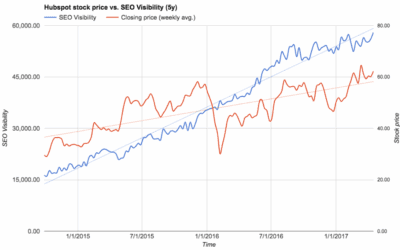



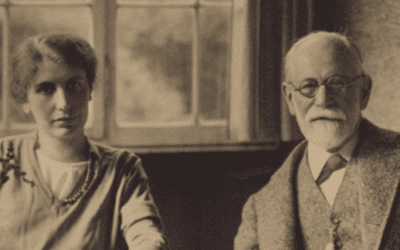














0 Comments